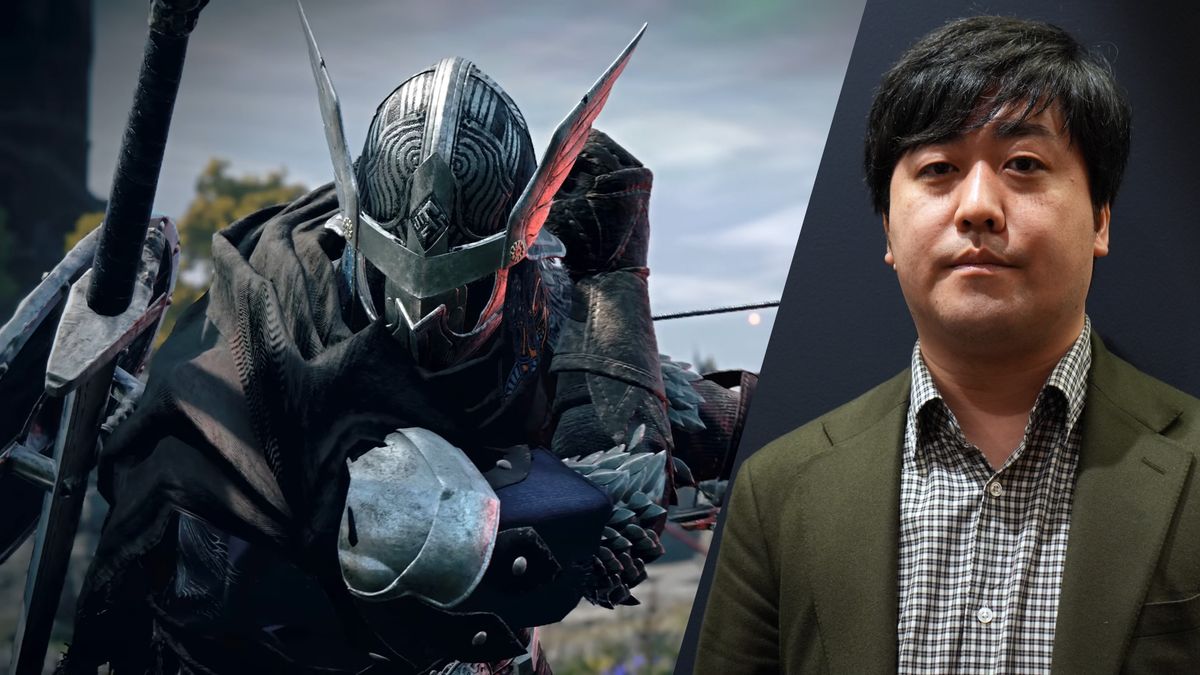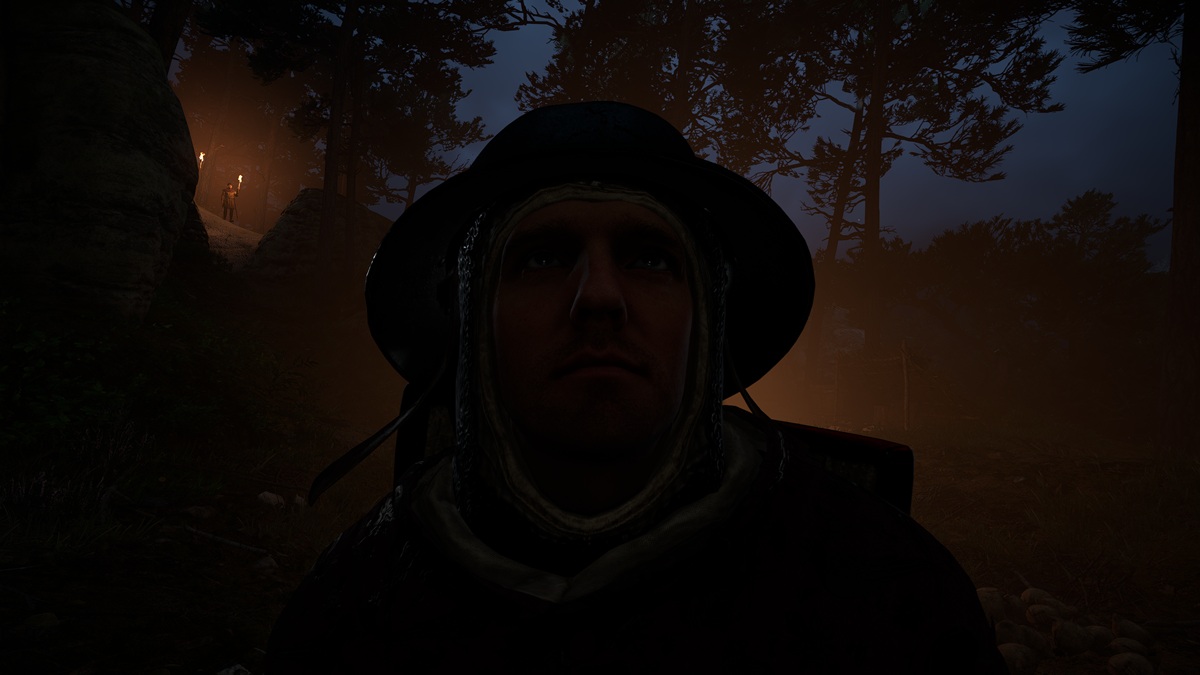Monster Hunter is an undeniable critical and commercial success for Capcom, but the game maker doesn’t seem content to simply cater to its (admittedly massive) existing audience with this year’s entry, Monster Hunter Wilds. The next game in the Monster Hunter franchise aims to be friendlier than ever to newcomers, as Capcom hopes to welcome even more converts into the monster-slaying fold.
But that friendliness — achieved through gameplay streamlining and ample early-game instruction in the game’s first few hours — won’t come at the expense of the deep and challenging gameplay experience that longtime Monster Hunter fans have enjoyed for more than 20 years, Monster Hunter Wilds producer Ryozo Tsujimoto and director Yuya Tokuda say.
“Looking back at Monster Hunter: World and Monster Hunter Rise, we focused on where first-time players would drop out from the game,” Tsujimoto said in an interview with Polygon. “From there, we analyzed that player data and looked into how much we can address — that was our homework for Monster Hunter Wilds.
“Finding the balance between both experienced Monster Hunter players and first-time players, and wanting both of them to have fun, is always a very big theme when creating Monster Hunter titles, but we don’t want to change the core Monster Hunter experience.”
One big concession for newcomers is the addition of the Seikret, a wyvern-like mount that will help the player move speedily through the environment and automatically guide them toward monster battles. But the Seikret will be welcome to hardcore players as well; it enables hunters to have a second weapon, expanding players’ tactics and adding depth to the combat.
The chunk of Monster Hunter Wilds that I played during a recent hands-on event was set after the content seen in last November’s open beta test. In that beta, players battle Doshaguma and Chatacabra, two monsters that make their series debut in Monster Hunter Wilds. The early portion of Wilds that I played also included encounters with the Brute Wyvern Quematrice, the arachnid-like Lala Barina, and a truly bizarre spin on the Brute Wyvern archetype known as Rompompolo, three more new additions to the Monster Hunter bestiary. Each had its own distinct vibe, attack patterns, and environment in which to fight.
Tokuda said that all five of those monsters are designed to gradually teach players the increasingly complex mechanics of Monster Hunter Wilds, through relatively low-stakes challenges and diverse battle encounters.
“At the beginning of the game, you’ll first fight Chatacabra, which teaches the players how to avoid big attacks,” Tokuda explained. “For Quematrice, the next monster that you fight, it uses its long tail. It has a very wide area attack, so it teaches you to dodge. Next is Lala Barina, which uses a lot of tricky movements; it moves out of sight of players, so it teaches them how to control their camera.”
Tokuda said that the Monster Hunter Wilds team has been careful about how it can teach players gradually during the game’s “very tutorial-like,” “easy-to-understand” first few hours, but that as players progress it will feel similar to past Monster Hunter games, meaning “much more challenging.”
Wilds’ early hours and easier monsters are also designed to reinforce the big theme of Capcom’s newest Monster Hunter: the ecology. The relationship between the monsters’ environment and the monsters themselves has been carefully considered, Tokuda said. “That was the main theme of Monster Hunter Wilds,” Tsujimoto said: tying the greater ecology into all aspects of play. That’s evident even in the game’s early battles, which employ characteristics of environments like swamps, oil fields, and dry deserts into monster fights. And according to Tsujimoto, the technology advancements that the Monster Hunter team has developed for Wilds help them better express the world of Wilds in ways that affect gameplay.
For example, the Scarlet Forest, which the spiderlike Lala Barina calls home, is a rainy woods.
“[Because] the Scarlet Forest has a lot of rain, there’s a lot of mushrooms around,” Tokuda said. “Lala Barina is a monster that is known to eat a lot of mushrooms, [which it uses to inflict] status effect attacks, which can also teach players how to deal with those status effects.”
The same dependence on mushrooms also applies to a nearby friendly race of creatures known as Shrumpets, an otterlike species of Lynians who incorporate mushrooms into their clothing, food, and culture.
As an occasional Monster Hunter player who often drops out of its games just a few hours in, the first few hours of Wilds left me wanting much more. The game presents a gradual but still action-packed introduction to the world of Monster Hunter, designed in such a way as to not overwhelm. That’s not to say there’s no complexity; I was still occasionally confused by the game’s busy interface and many-layered menus. But Wilds’ early hours do an excellent job of keeping the pace breezy, throwing the player at straightforward tasks with clear objectives and teaching them the game’s mechanics at a fight-by-fight cadence. It definitely helps that, during any sticky situations, you can simply throw up an SOS flare and get help from other hunters.
This is all to say that as someone who’s bounced off of plenty of Monster Hunter games, I’m more convinced than ever that Wilds might finally be the entry for me. I’ll get to test that theory during another open beta test in February, ahead of Monster Hunter Wilds’ launch this April.
Monster Hunter Wilds is bound for PlayStation 5, Windows PC, and Xbox Series X on February 28.

 9 months ago
254
9 months ago
254







 English (US) ·
English (US) ·